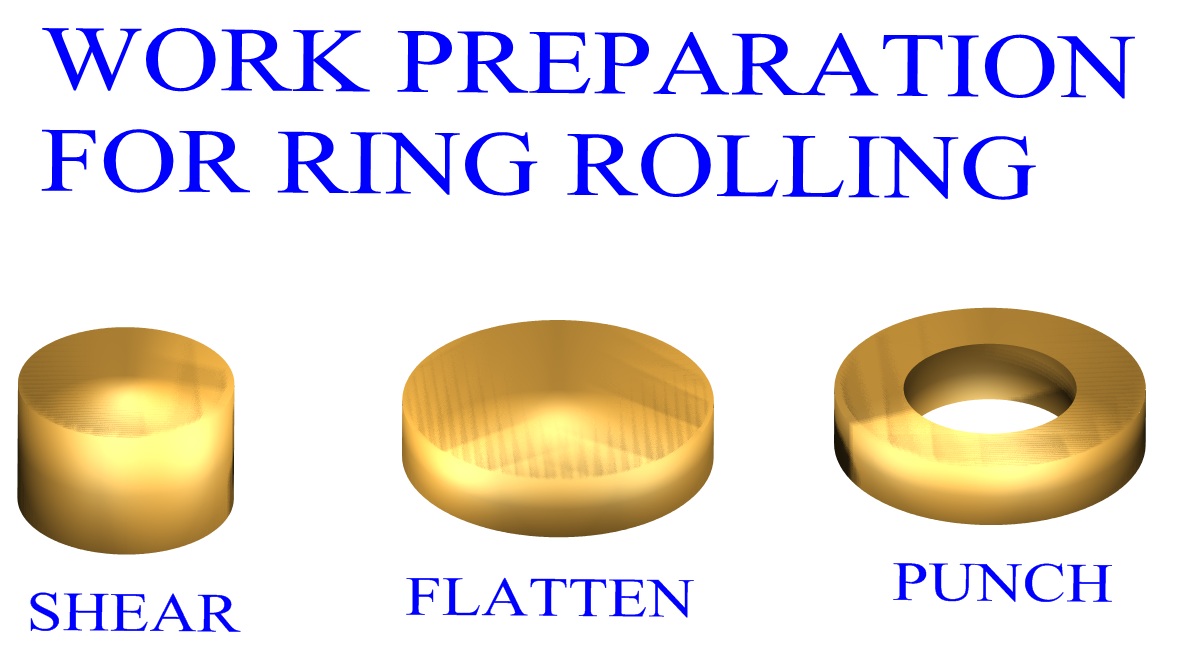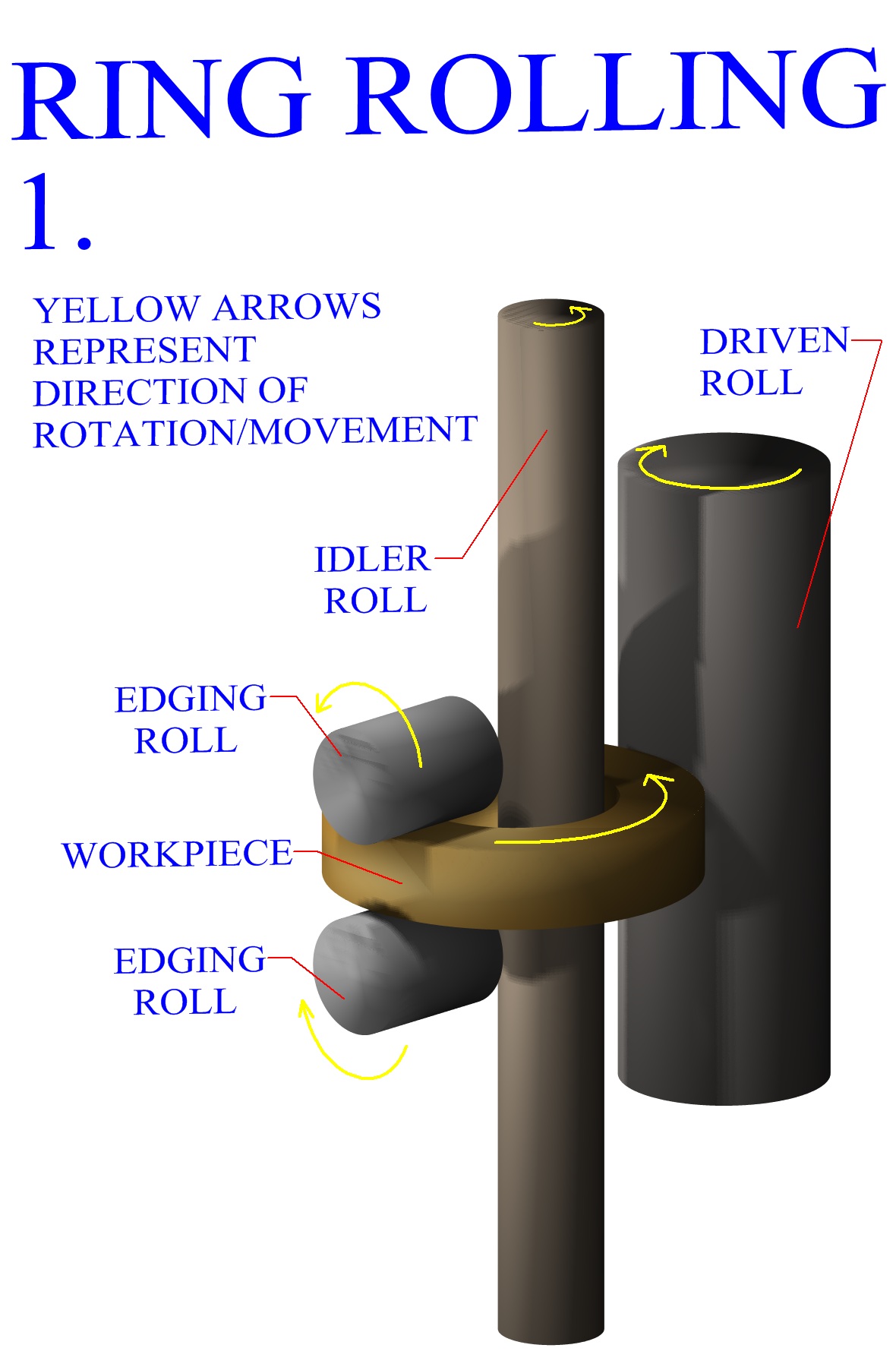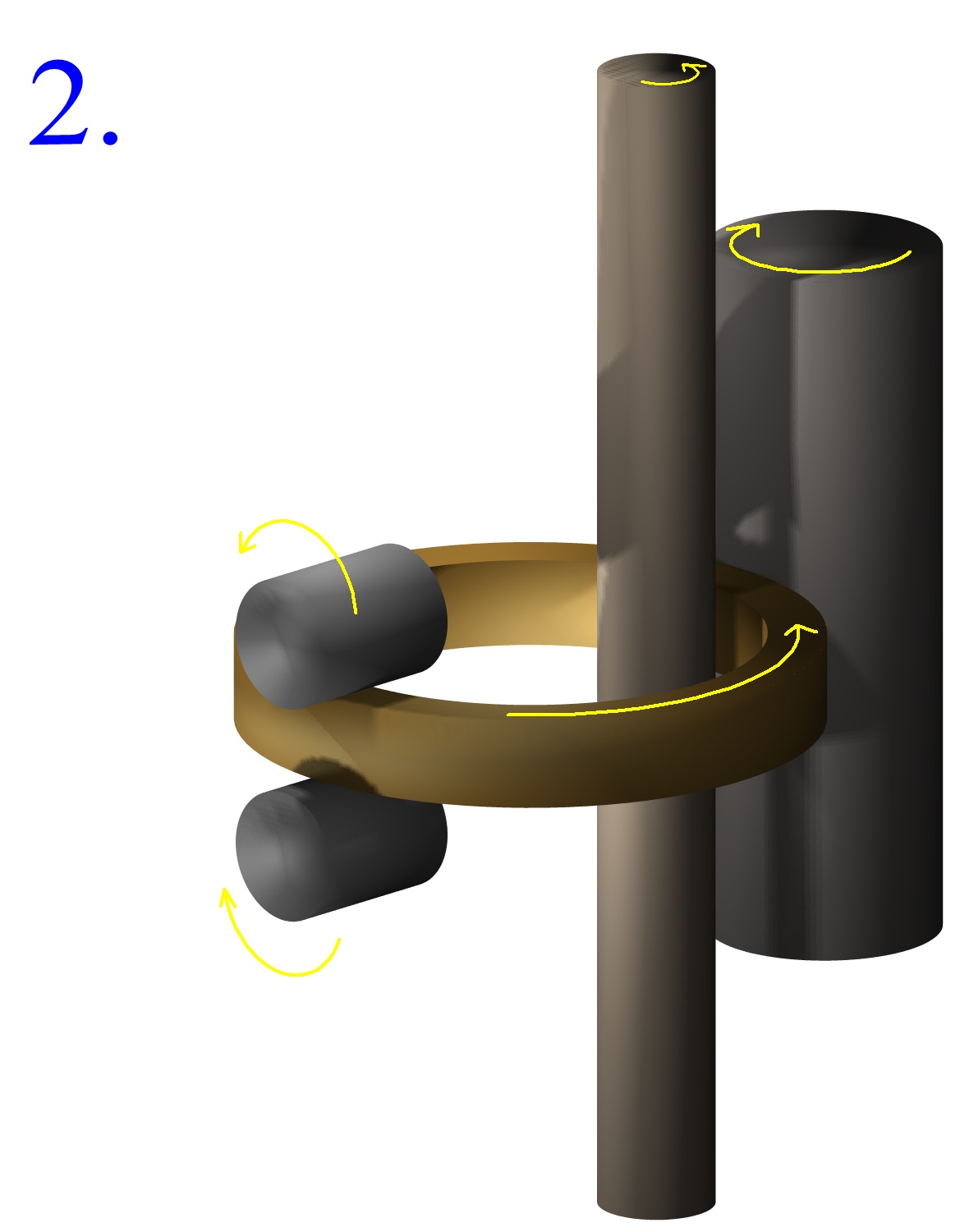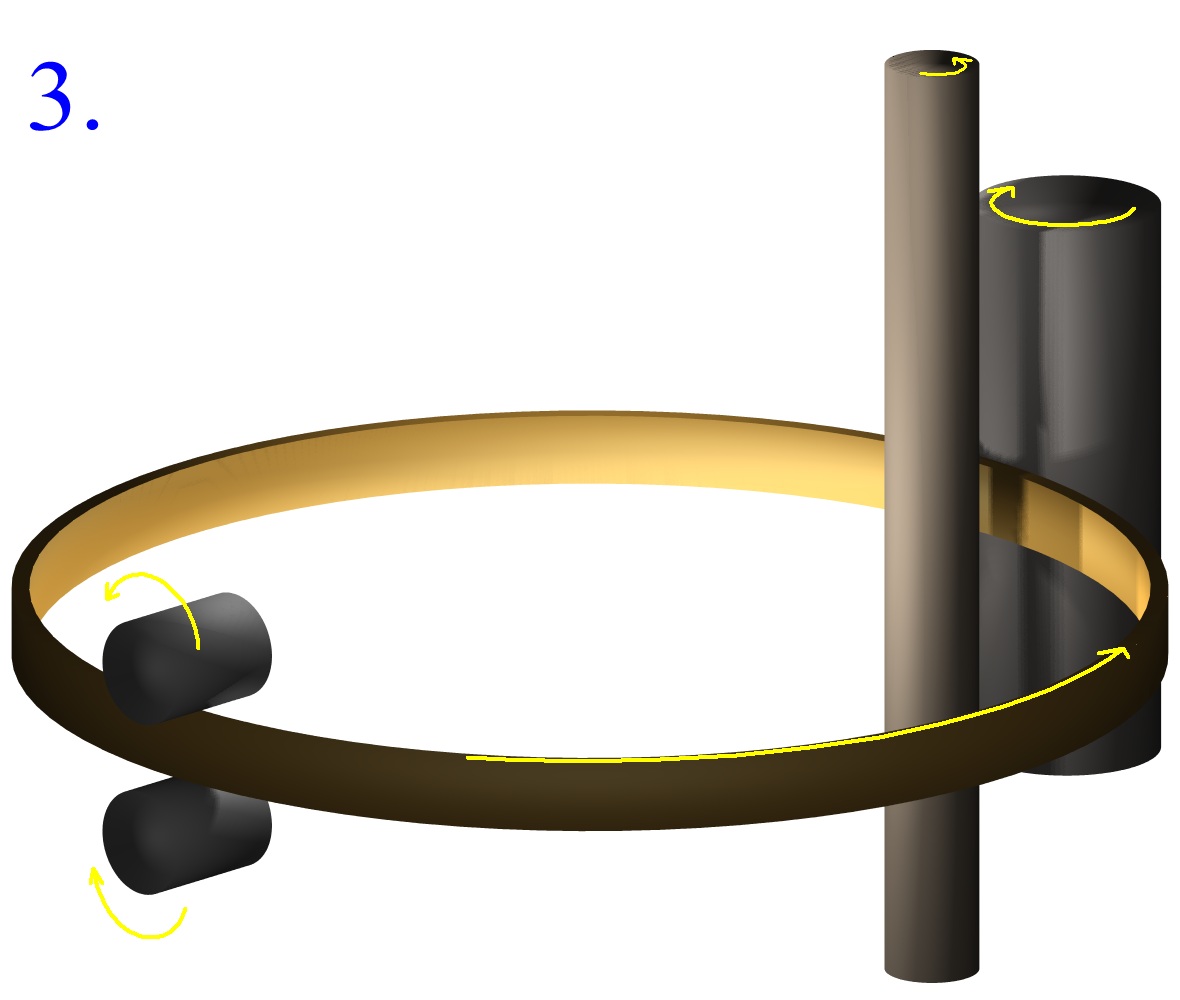| Manufacturing Home
METAL ROLLING
PROCESSES
Metal Rolling
Shape Rolling
Thread Rolling
Rotary Tube Piercing
MANUFACTURING
PROCESSES
Metal Casting
Metal Forming
Metal Forging
Metal Extrusion
Metal Drawing
Sheet Metal
Powder Processes
|
Ring Rolling
Ring rolling is a particular category of metal rolling, in which a ring of smaller
diameter is rolled into a precise ring of larger diameter and a reduced cross
section. This is accomplished by the use of two rollers, one driven and one idle,
acting on either side of the ring's cross section. Edging rollers are typically used
during industrial metal rolling manufacture, to ensure that the part will maintain a
constant width throughout the forming operation. The work will
essentially retain the same volume, therefore the geometric reduction in thickness
will be compensated for entirely by an increase in the ring's diameter.
Rings manufactured by ring rolling are seamless. This forming
process can be used to manufacture not
only flat rings, but rings of differently shaped cross sections as well, producing very
precise parts with little waste of material.
A significant advantage of parts produced
by this metal rolling process is that the forming of the material will impart the ring
with a grain orientation that gives it enhanced strength relative to most applications.
Common items produced by this process in manufacturing industry today include
rings for machinery, aerospace applications, turbines, pipes, pressure vessels, roller and ball bearing
races. The following shows the sequence of events of the ring rolling process, the part is
commonly started as a metal bar cut to a certain length.
Figure:149

|
Figure:150

|
|
PRIVACY POLICY
|



